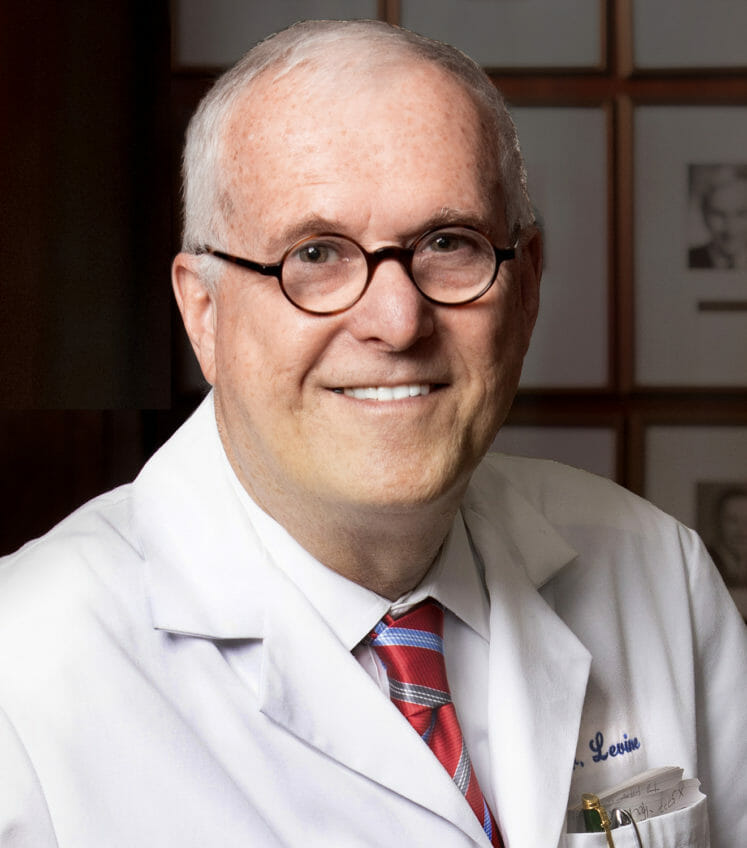
Q: What is negative pressure wound treatment?
A: Negative pressure wound treatment is the application of suction to a wound that may increase the rate of healing.
In theory, NPWT works by removing edema and exudate, and stimulating vascularity and granulation tissue. Gauze or foam is placed into the wound cavity, then covered with an airtight plastic barrier. A tubing and suction machine is placed over a hole cut in the plastic.
NPWT is used for post-surgical wounds, traumatic wounds, wounds related to vascular disease and pressure injuries. Application first involves determining whether the patient and wound are appropriate candidates. Despite wide acceptance, evidence for efficacy and cost effectiveness is not clear.
Application of NPWT is time consuming and requires training and availability of components. With each dressing change, the wound must be monitored for improvement or deterioration and measured.
NPWT is contraindicated with necrosis, osteomyelitis, fistulas, infection, exposed blood vessels and sensitivity to dressing components. Families sometimes have the misconception that NPWT is an adjunctive therapy for incontinence care, which it is not. For terminal patients or where healing is not expected, NPWT may not be an appropriate choice. Problems include discomfort, bleeding, infection and retention of dressings. Wound exudate is high in protein, and NPWT can worsen malnutrition. If a wound does not respond, NPWT should be discontinued.
The Food and Drug Administration has issued consumer alerts regarding injury and death related to NPWT. Because most wound care modalities are classified by the FDA as “devices” and not “pharmaceuticals,” there is limited evidence of effectiveness or comparative efficacy. I will address this in a future column.
Please send your wound care-related questions to Dr. Levine at [email protected].
From the November 2021 Issue of McKnight's Long-Term Care News



